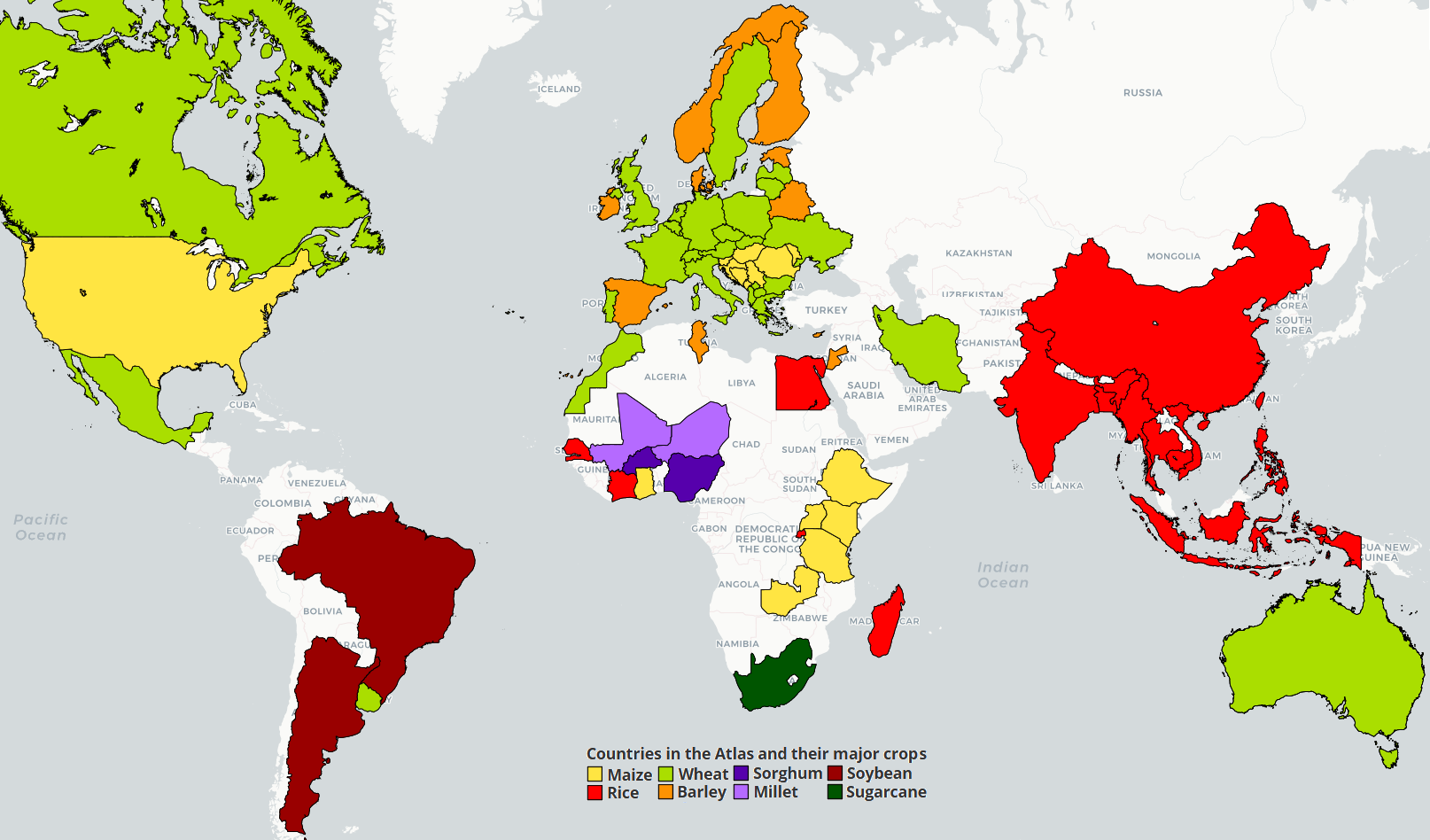- Where is potential to increase crop yields?
- Where is rainfall sufficient to obtain a good crop yield?
- How much fertilizer is needed to reach a target yield?
- What can be learned from farmer practices across the world?
In many parts of the world farmer’s yields are well below what is possible. The difference between farmers yields and the potential is called the yield gap. The Global Yield Gap Atlas (GYGA) provides insight in the magnitude of this gap for different crops across the world. It takes into account regions where crops are mainly dependent on rainfall as well as areas where irrigation is applied. Besides, the atlas provides the required nutrient input to close the yield gap to different levels like 50% or 80%.
For feeding the growing global population agricultural production needs to increase. Area for agriculture is limited and competes with other purposes. Increasing production should preferably be realised by increasing yield on existing arable land.
Increasing yields requires investments in education of farmers, machinery, irrigation, fertilizers and quality seeds. Such investments should target areas where their impact is the highest. The Atlas helps decision makers (NGO, public and private sector) to target areas and crops where such investments will be the most beneficial.
- Global coverage
- Targets cereals, legumes and a range of other crops
- Local partners: both input data and simulation model results are locally validated
- Transparent and scientific rigor methodology
- Yield gap data are freely available for non-commercial use
- Visit the website: https://www.yieldgap.org
- Visit the Atlas: https://www.yieldgap.org/gygaviewer
- Private companies: get a license or become a sponsor: https://www.yieldgap.org/web/guest/licensing-and-sponsorship
